The early Spanish peanut, also known as the Valencia peanut, is a distinct variety of peanut with a rich history that dates back centuries. This particular type of peanut is renowned for its small size, bold flavor, and unique nutritional profile. Let’s delve deeper into the fascinating world of the early Spanish peanut and discover why it has stood the test of time as a beloved snack and ingredient. The early Spanish peanut originated in South America and made its way to Spain during the period of exploration and colonization. Spanish explorers were captivated by the exotic taste and versatility of this humble legume, which soon became a staple in Spanish cuisine. The peanut plant, with its delicate flowers and underground fruits, thrived in the warm climate of the Iberian Peninsula, and Spanish farmers began cultivating it on a larger scale. The early Spanish peanut is characterized by its small size, typically around half an inch in length. Despite its diminutive stature, this peanut packs a powerful flavor punch. Its rich, nutty taste is more intense than that of other peanut varieties, making it a favorite choice for those who appreciate a robust, earthy flavor profile. Whether eaten roasted, salted, or used in cooking, the early Spanish peanut adds a depth of flavor that elevates any dish. Nutritionally, the early Spanish peanut is a powerhouse of goodness. Packed with protein, healthy fats, fiber, vitamins, and minerals, it offers a range of health benefits.
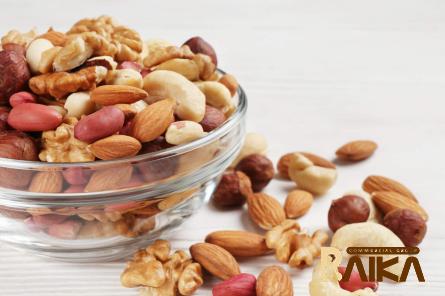
.
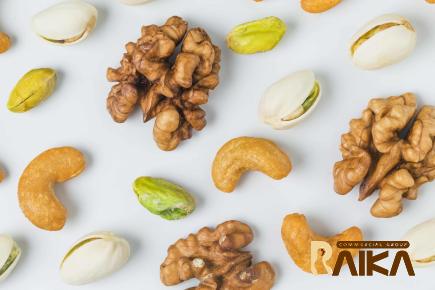 Peanuts are an excellent source of plant-based protein, making them a valuable addition to vegetarian and vegan diets. They also contain heart-healthy monounsaturated fats, which have been shown to lower the risk of cardiovascular disease. Additionally, peanuts are a good source of essential nutrients such as vitamin E, niacin, folate, and magnesium, all of which play vital roles in maintaining overall health and well-being. One of the most appealing aspects of the early Spanish peanut is its versatility in the kitchen. Whether you’re craving a savory snack, a creamy spread, or a crunchy topping, these peanuts can do it all. Roast them with a bit of sea salt for a satisfying snack, grind them into a smooth and creamy peanut butter, or sprinkle them over salads, stir-fries, and desserts for a delightful crunch. The possibilities are endless when it comes to incorporating early Spanish peanuts into your culinary creations. In Spanish cuisine, early Spanish peanuts are often used in traditional dishes such as gazpacho, a refreshing cold soup made with tomatoes, peppers, cucumbers, and olive oil. Adding a handful of chopped peanuts to this classic dish provides a contrasting texture and a hint of nuttiness that takes it to the next level. Peanuts are also a common ingredient in Spanish desserts like turron, a nougat confection made with almonds, honey, and egg whites. The addition of chopped early Spanish peanuts lends a satisfying crunch to this sweet treat. Beyond their culinary uses, early Spanish peanuts have also found their way into the world of natural medicine. In traditional Spanish folk remedies, peanuts are believed to have various health benefits, ranging from boosting energy and improving digestion to promoting heart health and reducing inflammation. While more research is needed to confirm these claims, there is no denying the long history of peanuts as a valued medicinal food in Spanish culture. When it comes to buying early Spanish peanuts, quality is key.
Peanuts are an excellent source of plant-based protein, making them a valuable addition to vegetarian and vegan diets. They also contain heart-healthy monounsaturated fats, which have been shown to lower the risk of cardiovascular disease. Additionally, peanuts are a good source of essential nutrients such as vitamin E, niacin, folate, and magnesium, all of which play vital roles in maintaining overall health and well-being. One of the most appealing aspects of the early Spanish peanut is its versatility in the kitchen. Whether you’re craving a savory snack, a creamy spread, or a crunchy topping, these peanuts can do it all. Roast them with a bit of sea salt for a satisfying snack, grind them into a smooth and creamy peanut butter, or sprinkle them over salads, stir-fries, and desserts for a delightful crunch. The possibilities are endless when it comes to incorporating early Spanish peanuts into your culinary creations. In Spanish cuisine, early Spanish peanuts are often used in traditional dishes such as gazpacho, a refreshing cold soup made with tomatoes, peppers, cucumbers, and olive oil. Adding a handful of chopped peanuts to this classic dish provides a contrasting texture and a hint of nuttiness that takes it to the next level. Peanuts are also a common ingredient in Spanish desserts like turron, a nougat confection made with almonds, honey, and egg whites. The addition of chopped early Spanish peanuts lends a satisfying crunch to this sweet treat. Beyond their culinary uses, early Spanish peanuts have also found their way into the world of natural medicine. In traditional Spanish folk remedies, peanuts are believed to have various health benefits, ranging from boosting energy and improving digestion to promoting heart health and reducing inflammation. While more research is needed to confirm these claims, there is no denying the long history of peanuts as a valued medicinal food in Spanish culture. When it comes to buying early Spanish peanuts, quality is key.
..
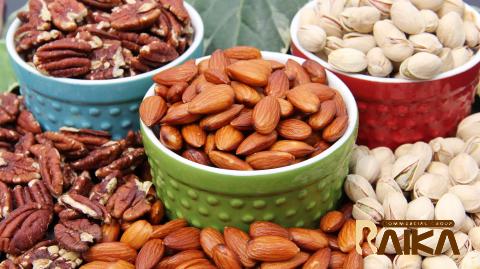 Look for nuts that are fresh, crisp, and uniform in size. Avoid peanuts that appear discolored, shriveled, or have a rancid odor, as these are signs of spoilage. To maximize the shelf life of your early Spanish peanuts, store them in an airtight container in a cool, dark place away from moisture and heat. Properly stored peanuts can last for several months, allowing you to enjoy their delicious flavor and nutritional benefits for an extended period. In conclusion, the early Spanish peanut is a true gem of the culinary world, cherished for its bold flavor, nutritional value, and versatility. Whether enjoyed as a snack, a culinary ingredient, or a natural remedy, these peanuts have earned a special place in Spanish culture and beyond. With their rich history and exceptional taste, early Spanish peanuts are a must-have pantry staple for anyone who appreciates the simple pleasures of good food. So why wait? Indulge in the goodness of early Spanish peanuts today and savor the authentic taste of a time-honored tradition. The early Spanish peanut, with its rich history, bold flavor, and nutritional benefits, continues to captivate food enthusiasts worldwide. Its unique characteristics and versatility make it a sought-after ingredient in a variety of culinary creations. Whether used as a snack, a topping, or a key component in a dish, early Spanish peanuts add a depth of flavor and texture that enhances any meal. One of the enduring qualities of the early Spanish peanut is its ability to elevate both sweet and savory dishes. In Spanish cuisine, peanuts are often paired with ingredients like chocolate, honey, and garlic to create a harmonious balance of flavors. For example, in mole sauces, a traditional Mexican dish with Spanish influences, peanuts are ground into a rich paste that adds a nutty undertone to the complex sauce. The addition of early Spanish peanuts lends a depth of flavor and a creamy texture that makes this dish truly memorable. In the realm of desserts, early Spanish peanuts shine as a versatile and delicious ingredient.
Look for nuts that are fresh, crisp, and uniform in size. Avoid peanuts that appear discolored, shriveled, or have a rancid odor, as these are signs of spoilage. To maximize the shelf life of your early Spanish peanuts, store them in an airtight container in a cool, dark place away from moisture and heat. Properly stored peanuts can last for several months, allowing you to enjoy their delicious flavor and nutritional benefits for an extended period. In conclusion, the early Spanish peanut is a true gem of the culinary world, cherished for its bold flavor, nutritional value, and versatility. Whether enjoyed as a snack, a culinary ingredient, or a natural remedy, these peanuts have earned a special place in Spanish culture and beyond. With their rich history and exceptional taste, early Spanish peanuts are a must-have pantry staple for anyone who appreciates the simple pleasures of good food. So why wait? Indulge in the goodness of early Spanish peanuts today and savor the authentic taste of a time-honored tradition. The early Spanish peanut, with its rich history, bold flavor, and nutritional benefits, continues to captivate food enthusiasts worldwide. Its unique characteristics and versatility make it a sought-after ingredient in a variety of culinary creations. Whether used as a snack, a topping, or a key component in a dish, early Spanish peanuts add a depth of flavor and texture that enhances any meal. One of the enduring qualities of the early Spanish peanut is its ability to elevate both sweet and savory dishes. In Spanish cuisine, peanuts are often paired with ingredients like chocolate, honey, and garlic to create a harmonious balance of flavors. For example, in mole sauces, a traditional Mexican dish with Spanish influences, peanuts are ground into a rich paste that adds a nutty undertone to the complex sauce. The addition of early Spanish peanuts lends a depth of flavor and a creamy texture that makes this dish truly memorable. In the realm of desserts, early Spanish peanuts shine as a versatile and delicious ingredient.
…
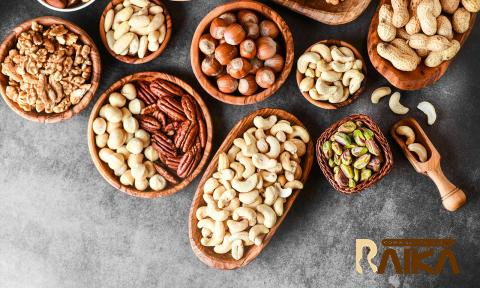 From cookies and cakes to ice cream and pastries, there are endless ways to incorporate these flavorful nuts into sweet treats. Peanut butter cookies, for example, are a classic favorite that showcases the rich and nutty taste of early Spanish peanuts. The combination of buttery cookie dough and chunks of roasted peanuts creates a decadent treat that is sure to please any palate. For those looking to add a nutritious twist to their morning routine, early Spanish peanuts can be a wonderful addition to breakfast dishes. Sprinkle chopped peanuts over oatmeal or yogurt for a crunchy texture and a boost of protein to start your day off right. You can also blend early Spanish peanuts into smoothies for a creamy and filling beverage that will keep you satisfied until lunchtime. The versatility of these peanuts makes them a valuable ingredient for a balanced and nutrient-dense breakfast. When it comes to snacking, early Spanish peanuts are a convenient and satisfying option that can be enjoyed on their own or combined with other ingredients to create a delicious trail mix. Mix roasted peanuts with dried fruit, seeds, and a sprinkle of sea salt for a wholesome and energizing snack that is perfect for on-the-go munching. The protein and fiber in early Spanish peanuts help keep you feeling full and satisfied, making them a smart choice for curbing cravings and maintaining energy levels throughout the day. In addition to their culinary uses, early Spanish peanuts also offer a range of health benefits that make them a valuable addition to a well-rounded diet. Peanuts are a good source of plant-based protein, making them an ideal option for vegetarians and vegans looking to meet their protein needs. They also contain unsaturated fats, which have been linked to reduced inflammation and improved heart health. Additionally, peanuts are rich in essential nutrients like vitamin E, niacin, and magnesium, all of which play key roles in supporting overall health and well-being. The early Spanish peanut’s rich history, bold flavor, and nutritional benefits make it a beloved ingredient that has stood the test of time. Whether enjoyed on its own as a snack, incorporated into savory and sweet dishes, or used for its health-promoting properties, this humble legume offers a multitude of culinary possibilities. Embrace the authentic taste and versatility of early Spanish peanuts in your kitchen and experience the joy of cooking with a time-honored ingredient that has delighted taste buds for generations.
From cookies and cakes to ice cream and pastries, there are endless ways to incorporate these flavorful nuts into sweet treats. Peanut butter cookies, for example, are a classic favorite that showcases the rich and nutty taste of early Spanish peanuts. The combination of buttery cookie dough and chunks of roasted peanuts creates a decadent treat that is sure to please any palate. For those looking to add a nutritious twist to their morning routine, early Spanish peanuts can be a wonderful addition to breakfast dishes. Sprinkle chopped peanuts over oatmeal or yogurt for a crunchy texture and a boost of protein to start your day off right. You can also blend early Spanish peanuts into smoothies for a creamy and filling beverage that will keep you satisfied until lunchtime. The versatility of these peanuts makes them a valuable ingredient for a balanced and nutrient-dense breakfast. When it comes to snacking, early Spanish peanuts are a convenient and satisfying option that can be enjoyed on their own or combined with other ingredients to create a delicious trail mix. Mix roasted peanuts with dried fruit, seeds, and a sprinkle of sea salt for a wholesome and energizing snack that is perfect for on-the-go munching. The protein and fiber in early Spanish peanuts help keep you feeling full and satisfied, making them a smart choice for curbing cravings and maintaining energy levels throughout the day. In addition to their culinary uses, early Spanish peanuts also offer a range of health benefits that make them a valuable addition to a well-rounded diet. Peanuts are a good source of plant-based protein, making them an ideal option for vegetarians and vegans looking to meet their protein needs. They also contain unsaturated fats, which have been linked to reduced inflammation and improved heart health. Additionally, peanuts are rich in essential nutrients like vitamin E, niacin, and magnesium, all of which play key roles in supporting overall health and well-being. The early Spanish peanut’s rich history, bold flavor, and nutritional benefits make it a beloved ingredient that has stood the test of time. Whether enjoyed on its own as a snack, incorporated into savory and sweet dishes, or used for its health-promoting properties, this humble legume offers a multitude of culinary possibilities. Embrace the authentic taste and versatility of early Spanish peanuts in your kitchen and experience the joy of cooking with a time-honored ingredient that has delighted taste buds for generations.

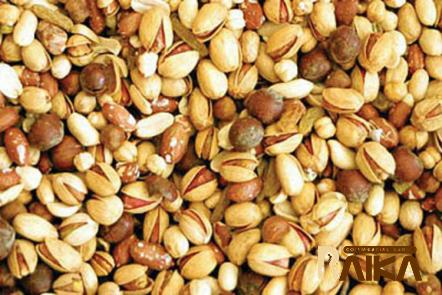

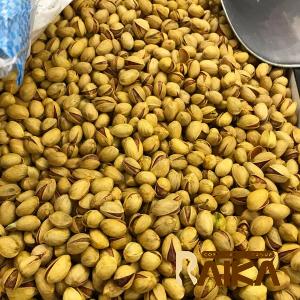
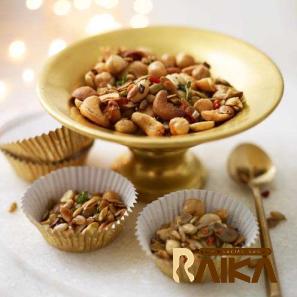
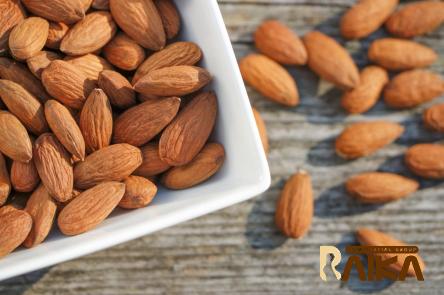
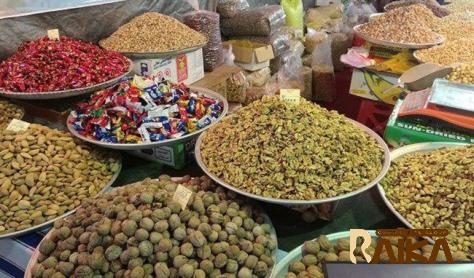
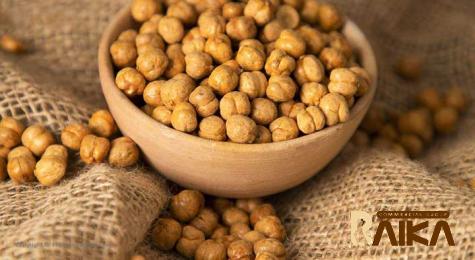
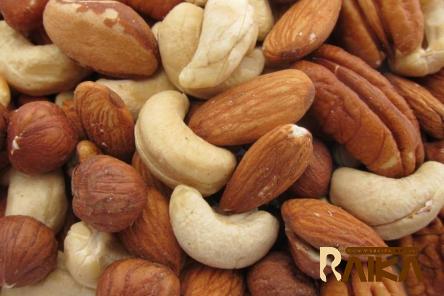

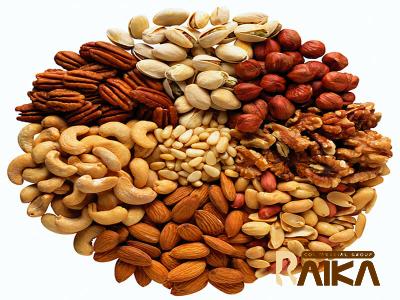
Your comment submitted.